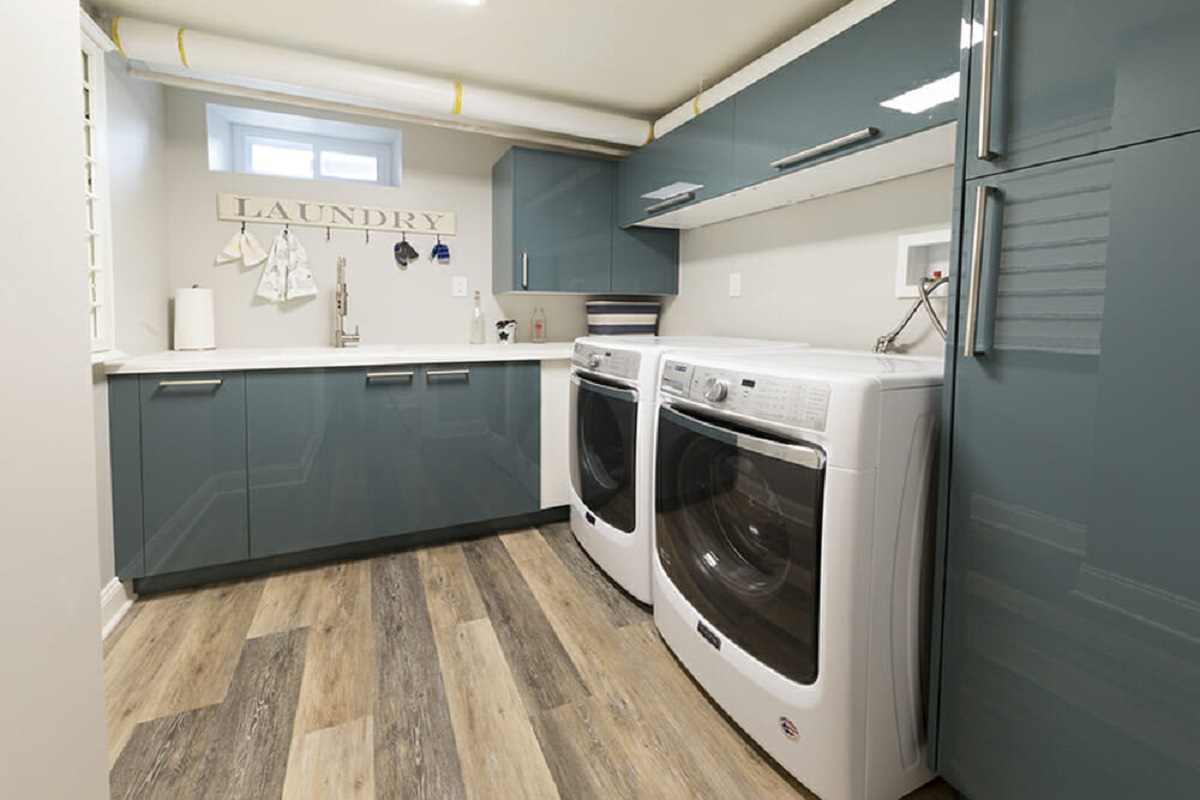

Articles
What Does Washer Dryer Hook Up Mean
Modified: February 25, 2024
Discover what washer dryer hook up means and how it works with our informative articles. Get expert tips and advice on installing and using washer dryer combo units.
(Many of the links in this article redirect to a specific reviewed product. Your purchase of these products through affiliate links helps to generate commission for Storables.com, at no extra cost. Learn more)
Introduction
When it comes to doing laundry, having a washer and dryer at home can be incredibly convenient. However, to ensure proper functionality, it’s crucial to have a washer dryer hook up. This connection allows for the efficient transfer of water, electricity, and gas (if applicable) between the appliances and the utility sources.
In this article, we will delve into the world of washer dryer hook ups, exploring their different types, required connections, and important considerations. Whether you’re planning a new installation or troubleshooting an existing set up, understanding washer dryer hook ups is essential for optimal performance and functionality.
So, join us as we unravel the mysteries of washer dryer hook ups and equip you with the knowledge you need to make informed decisions.
Key Takeaways:
- Understanding the different types of washer dryer hook ups, such as side-by-side, stacked, or all-in-one, allows for informed decisions based on space and needs, ensuring a functional laundry area.
- Proper installation, maintenance, and addressing common challenges, such as limited space and ventilation issues, are crucial for safe and efficient operation of washer dryer hook ups.
Read more: How To Hook Up A Stacked Washer And Dryer
Understanding Washer Dryer Hook Up
Before we dive into the specifics, let’s start by understanding what a washer dryer hook up actually entails. A washer dryer hook up is the connection that allows a washer and dryer to be connected to the necessary utilities, such as water, electricity, and gas (if applicable).
In most cases, a washer dryer hook up involves three primary connections:
- Water Connection: This connection allows water to flow into the washer for the washing cycle. It typically involves a hot water and cold water line, which can be connected through a set of hoses or pipes.
- Electrical Connection: For electric dryers and some washers, the hook up includes an electrical connection to power the appliances. This is typically a standard electrical outlet, often a 240-volt outlet for larger appliances.
- Gas Connection: If your washer or dryer is gas-powered, it will require a gas line connection in addition to the water and electrical hook ups. This line supplies the necessary gas for the appliance to function.
Understanding these connections will help you determine what type of hook up is needed for your specific appliances and ensure that you have the proper utilities available.
It’s also worth noting that the location of the hook up can vary. Some homes have a dedicated laundry room or area where the hook up is conveniently located. Others may have the washer and dryer in a basement, storage area, or closet, requiring additional planning and possibly even the assistance of a professional installer.
By having a clear understanding of what a washer dryer hook up is and the different connections involved, you’ll be better prepared to tackle the installation process or troubleshoot any issues that may arise.
Types of Washer Dryer Hook Up
When it comes to washer dryer hook ups, there are a few different types to consider. The type you choose will depend on your specific needs, space availability, and the existing utilities in your home. Let’s take a closer look at some of the most common types:
- Side-by-Side: This is the most traditional and common type of washer dryer hook up. In this configuration, the washer and dryer are positioned next to each other, typically with a small gap between them. This setup allows for easy access to both appliances and is practical for most laundry room layouts.
- Stacked: If space is limited, a stacked washer and dryer hook up is an excellent option. In this arrangement, the washer and dryer are vertically stacked on top of each other, with the dryer on top. This configuration saves valuable floor space and is often seen in apartments, condos, or small laundry closets. However, it’s important to note that not all washer and dryer models are designed to be stacked, so make sure to check the compatibility before attempting this setup.
- All-in-One: As the name suggests, an all-in-one washer dryer hook up combines both the washing and drying functions into a single appliance. These units are compact and efficient, making them ideal for small spaces or situations where separate washer and dryer hook ups are not possible. However, keep in mind that all-in-one units may have a smaller capacity and longer drying times compared to standalone dryers.
When choosing the type of washer dryer hook up, consider the available space, the amount of laundry you typically do, and your personal preferences. Additionally, make sure to measure the dimensions of your chosen appliances and the designated area to ensure a proper fit.
Remember, proper installation is crucial for the safe and efficient operation of your washer and dryer. If you’re unsure about the installation process or need assistance, don’t hesitate to consult a professional installer or seek guidance from the manufacturer.
Now that you have a better understanding of the different types of washer dryer hook ups, you can make an informed decision based on your specific needs and space limitations.
Gas vs. Electric Hook Ups
When it comes to washer dryer hook ups, one important consideration is whether to opt for a gas or electric connection. Both options have their pros and cons, so let’s explore them further:
Gas Hook Ups:
Gas-powered washer and dryer hook ups offer several advantages. One of the main benefits is faster drying times. Gas dryers typically heat up more quickly and reach higher temperatures than electric dryers, resulting in shorter drying cycles. This can be particularly advantageous for those who do a lot of laundry or need their clothes dried in a hurry.
Gas hook ups are also known to be more energy-efficient. Gas dryers often consume less energy and can save you money on your utility bills in the long run. Additionally, natural gas is a more affordable fuel source compared to electricity in many regions.
However, it’s important to note that installing a gas hook up requires a gas line to be present in your home. If you don’t already have a gas line, it can be an additional expense and may require professional installation. It’s also crucial to prioritize safety when dealing with gas connections. Ensure that the gas line is properly installed and maintained to avoid any potential hazards.
Read more: What Does Washer Dryer Hookup Mean
Electric Hook Ups:
Electric washer and dryer hook ups have their own set of benefits. One advantage is the cost of installation. Electric hook ups are typically easier and less expensive to install compared to gas hook ups, since they don’t require a gas line or additional venting.
Electric dryers are also considered to be more environmentally friendly, as they don’t produce any emissions or require a combustion process like gas dryers do. This can be a significant factor for those who prioritize sustainability and reducing their carbon footprint.
However, electric dryers generally have longer drying times compared to gas dryers. They may also consume more energy, which can result in higher utility bills. It’s worth considering whether the slower drying times and potentially higher costs are a trade-off you’re willing to make for the ease of installation and eco-friendliness.
Ultimately, the decision between gas and electric hook ups will depend on your specific needs, availability of utilities, and personal preferences. Consider factors such as drying time, energy efficiency, installation costs, and environmental impact to determine which option is best suited for you.
Required Connections and Utilities
When it comes to setting up a washer and dryer, there are several connections and utilities that are required for proper functionality. Let’s take a closer look at what these are:
Water Connections:
The water connections for your washer typically involve a hot water line and a cold water line. These connections allow water to flow into the washer for the washing cycle. Depending on the washer model and plumbing setup, the water connections can be made using hoses or pipes.
It’s important to ensure that the water connections are secure and watertight to prevent any leaks or damage. You may also want to consider installing a water shut-off valve near the washer to easily turn off the water supply when needed.
Electrical Connection:
For electric washers and dryers, an electrical connection is necessary to power the appliances. Typically, this involves a standard electrical outlet, but larger appliances may require a 240-volt outlet. It’s essential to check the electrical requirements of your specific washer and dryer models and ensure that your home’s electrical system can support them.
If you’re unsure about the electrical requirements or the wiring in your home, it’s best to consult an electrician to ensure a safe and proper electrical connection.
Read more: How To Hook Up Washer Hoses
Gas Connection:
If your washer or dryer is gas-powered, a gas connection is required in addition to the water and electrical hook ups. This connection supplies the necessary fuel for the appliance to function. It’s important to have a professional install the gas line and ensure that it is properly connected and vented to avoid any safety hazards.
It’s worth noting that not all homes have a gas line available, so if you’re considering a gas-powered washer or dryer, make sure to check the availability of a gas connection before making your purchase.
Ventilation:
Proper ventilation is crucial for gas and electric dryers alike. Dryers produce hot air and moisture, which need to be vented out of the house to prevent mold and damage to the appliance. This is typically done through a dryer vent that leads outside. Make sure the vent is clean, free of any obstructions, and properly installed to ensure optimal drying performance.
Additionally, ventless dryers, such as some all-in-one units, don’t require external ventilation. These appliances use condensation or heat pump technology to dry the clothes and release the moisture into a collection tank or drain hose.
It’s important to follow the manufacturer’s guidelines for all required connections and properly hook up your washer and dryer to ensure safe and efficient operation. If you’re uncertain about the installation process or have any concerns, it’s best to consult a professional installer or seek guidance from the manufacturer.
Important Considerations
When setting up a washer dryer hook up, there are several important considerations to keep in mind. These factors can impact the performance, efficiency, and longevity of your appliances. Let’s explore some of these key considerations:
Space and Layout:
Before installing a washer and dryer, carefully assess the available space and layout of your laundry area. Measure the dimensions of the appliances and ensure they will fit properly in the designated space. Consider factors such as doorways, clearance, and any obstructions that may hinder the installation process or accessibility to the appliances.
Additionally, think about the convenience and functionality of the layout. Ensure that the washer and dryer are positioned ergonomically, allowing for easy loading and unloading of laundry.
Read more: How To Hook Up Pressure Washer
Noise and Vibration:
Washer and dryer hook ups can generate noise and vibration during operation. To minimize disruptions, consider placing anti-vibration pads or mats under the appliances. These help absorb vibrations and reduce noise transmission to the floor and surrounding areas.
If noise is a significant concern, look for washer and dryer models that advertise quiet operation or have noise reduction features. These appliances are designed to minimize noise levels and provide a more pleasant laundry experience.
Maintenance and Accessibility:
Regular maintenance is key to keeping your washer and dryer in optimal condition. Consider the accessibility of the appliances when planning the hook up, as this will make maintenance tasks such as cleaning filters or replacing hoses easier and more convenient.
It’s also important to regularly check and clean the dryer vent to prevent lint build-up, which can be a fire hazard. Ensure that the vent is properly installed and free of any obstructions for efficient and safe operation.
Energy Efficiency:
Energy efficiency is an important consideration not only for environmental reasons but also for cost savings. Look for washer and dryer models that have high energy efficiency ratings, as these appliances are designed to use less water and consume less energy during each cycle.
Additionally, consider features such as a moisture sensor in the dryer, which automatically adjusts the drying time based on the moisture level of the clothes. This helps prevent over-drying and saves energy in the process.
Manufacturer Guidelines:
Finally, always refer to the manufacturer’s guidelines for installation, use, and maintenance requirements. Each washer and dryer model may have specific instructions and recommendations that need to be followed to ensure proper functioning and safety.
By taking these important considerations into account, you can optimize the performance, efficiency, and durability of your washer and dryer hook up. It’s always best to consult professionals or reach out to the manufacturer if you have any specific concerns or questions regarding your appliances.
Read more: How To Hook Up A Gas Dryer
Common Challenges and Solutions
While setting up a washer dryer hook up can be a straightforward process, there are a few common challenges that you may encounter. Knowing how to address these challenges can save you time, money, and frustration. Let’s explore some of the most common challenges and their solutions:
Lack of Space:
One common challenge is limited space for the washer and dryer. If you’re dealing with a small laundry area or a tight closet, consider opting for a stacked washer and dryer or an all-in-one unit. These compact appliances are designed to save space and can be a great solution for tight quarters.
If space is extremely limited, you may need to get creative with your placement. Installing a countertop over the appliances or utilizing wall-mounted shelves can help maximize storage space and create a functional laundry area.
Inadequate Utility Connections:
Another challenge you may encounter is having inadequate or incompatible utility connections. For example, if you have an older home with outdated plumbing, you may need to update the water hook ups to accommodate your washer. In these cases, it’s best to consult a professional plumber to ensure the proper installation of new plumbing lines.
If you’re installing a gas-powered washer or dryer and don’t have an existing gas line, you will need to consult a professional gas fitter to install the necessary gas line. They will ensure that the gas hook up is done safely and meets the required standards and regulations.
Ventilation Issues:
Proper ventilation is crucial for the safe and efficient operation of your dryer. If you’re experiencing ventilation issues, such as a clogged or blocked dryer vent, it’s important to address this immediately.
Start by inspecting the dryer vent and removing any visible lint or debris. If the vent is significantly clogged or obstructed, it may need professional cleaning. A thorough cleaning will improve airflow, prevent overheating, and reduce the risk of a dryer fire.
If your laundry area doesn’t have access to an exterior wall for venting, you may need to consider alternative ventilation options. One option is to install a venting system that runs through the ceiling and out to the nearest exterior wall. This may require additional planning and professional assistance.
Read more: How To Hook Up An Electric Dryer
Error Codes and Malfunctions:
Like any other appliances, washers and dryers can experience malfunctions or display error codes. If you encounter an error code, start by consulting the appliance’s manual or the manufacturer’s website for troubleshooting guidance. Often, the error code will indicate the source of the problem and potential solutions.
If your troubleshooting efforts don’t resolve the issue, it may be best to contact the manufacturer’s customer service or seek assistance from a professional technician who specializes in washer and dryer repairs. They will be able to diagnose the problem and provide the necessary repairs or replacements.
By understanding these common challenges and their solutions, you’ll be better equipped to handle any issues that may arise during the installation or use of your washer dryer hook up. Remember to always prioritize safety and consult professionals when needed.
Conclusion
Setting up a washer dryer hook up is an essential step in creating a functional and convenient laundry area in your home. By understanding the various connections, types, and considerations involved, you can ensure a smooth installation process and optimal performance of your appliances.
From the water and electrical connections to the gas hook up (if applicable), each aspect plays a crucial role in the functionality of your washer and dryer. Understanding the different types of hook ups, such as side-by-side, stacked, or all-in-one, allows you to choose the option that best suits your space and needs.
Considering factors such as space availability, noise and vibration, maintenance, and energy efficiency helps you create a well-planned and functional laundry area. Following manufacturer guidelines and seeking professional assistance when needed ensures the proper installation and safe operation of your appliances.
While there may be common challenges along the way, such as limited space, inadequate utility connections, ventilation issues, or error codes, knowing how to address these challenges will help you overcome them effectively. By seeking professional help when necessary and following proper maintenance procedures, you can extend the lifespan of your washer and dryer.
In conclusion, a washer dryer hook up is the backbone of a functional laundry area. By understanding the connections, types, considerations, and common challenges, you can create an efficient and enjoyable laundry experience in your home. Whether you’re installing a new hook up or troubleshooting an existing one, the knowledge gained from this article will empower you to make informed decisions and ensure the proper functioning of your washer and dryer.
So, roll up your sleeves, get ready to install or troubleshoot, and enjoy the convenience and ease of having a washer and dryer right at home!
Frequently Asked Questions about What Does Washer Dryer Hook Up Mean
Was this page helpful?
At Storables.com, we guarantee accurate and reliable information. Our content, validated by Expert Board Contributors, is crafted following stringent Editorial Policies. We're committed to providing you with well-researched, expert-backed insights for all your informational needs.
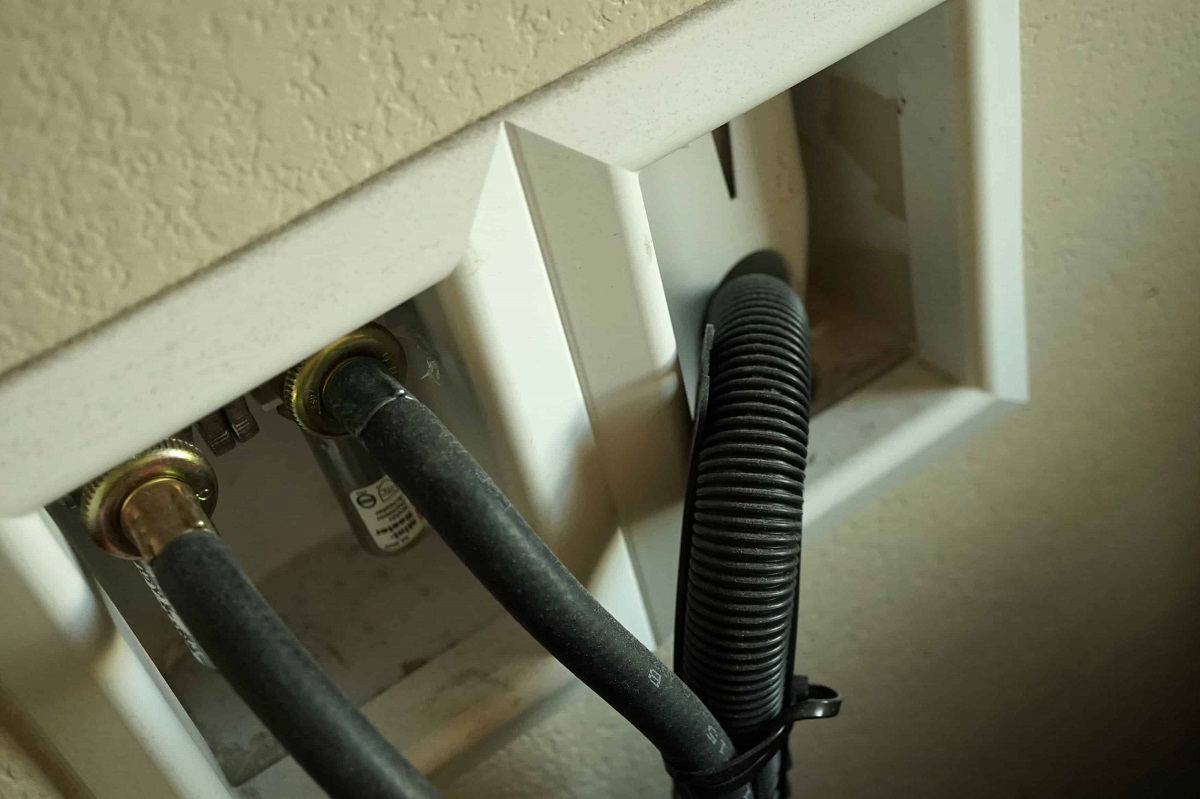
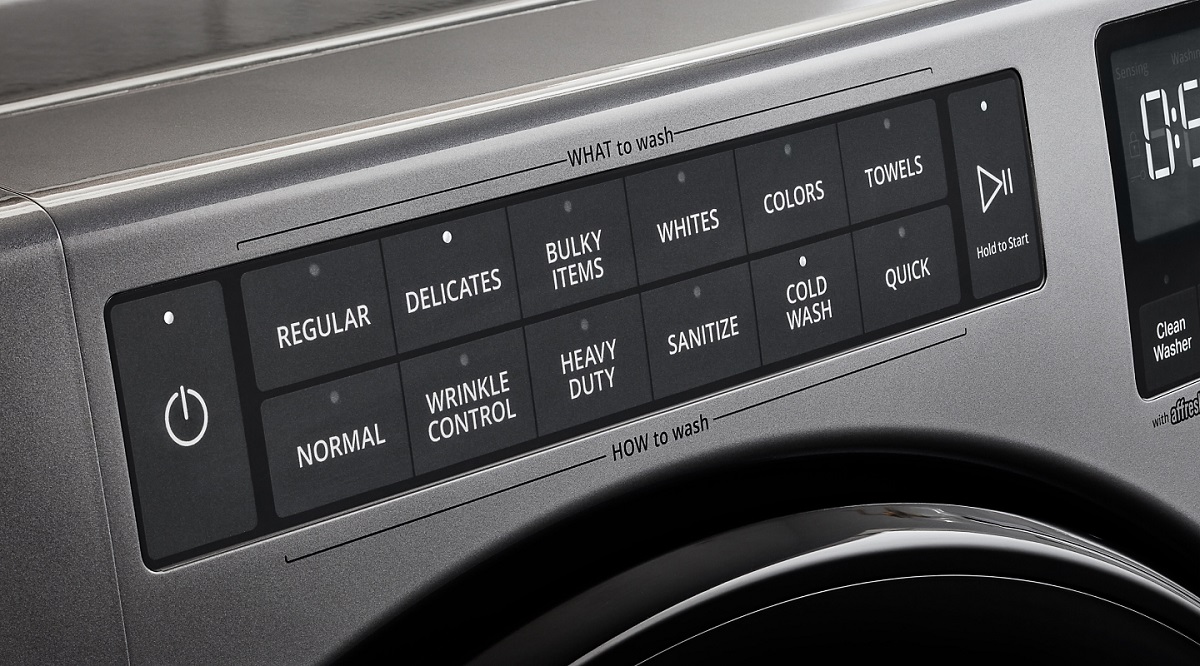
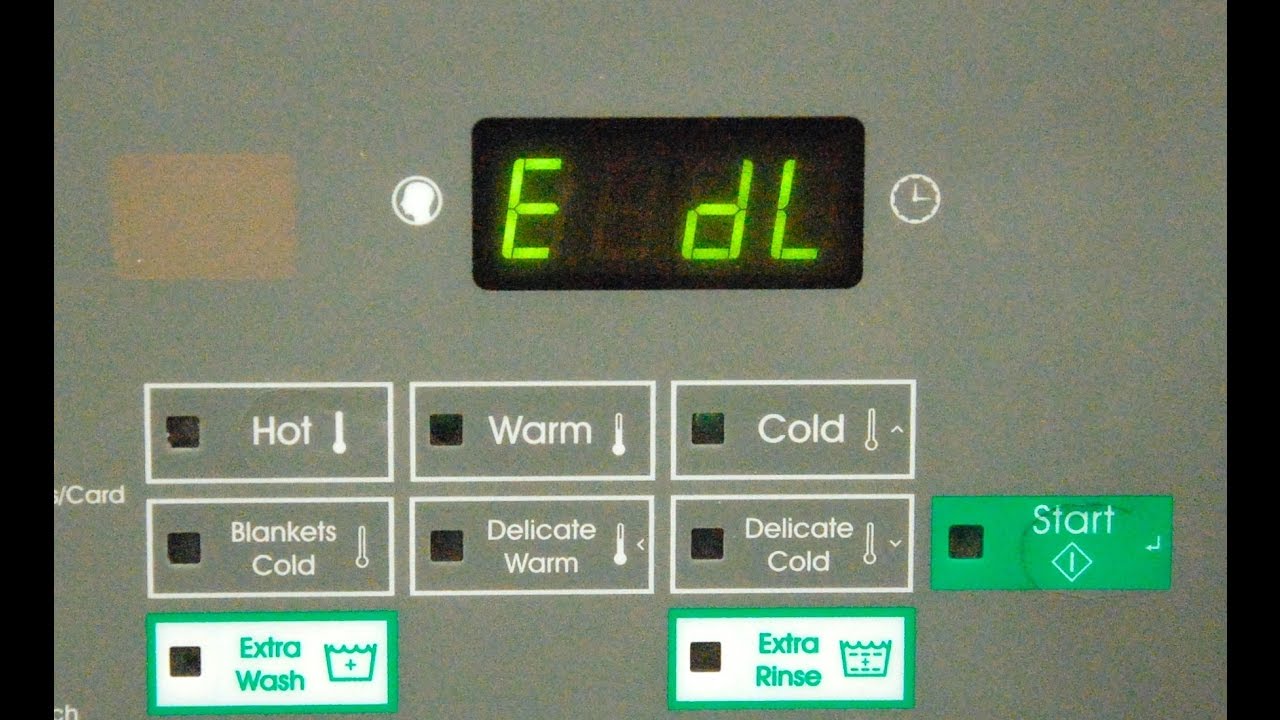
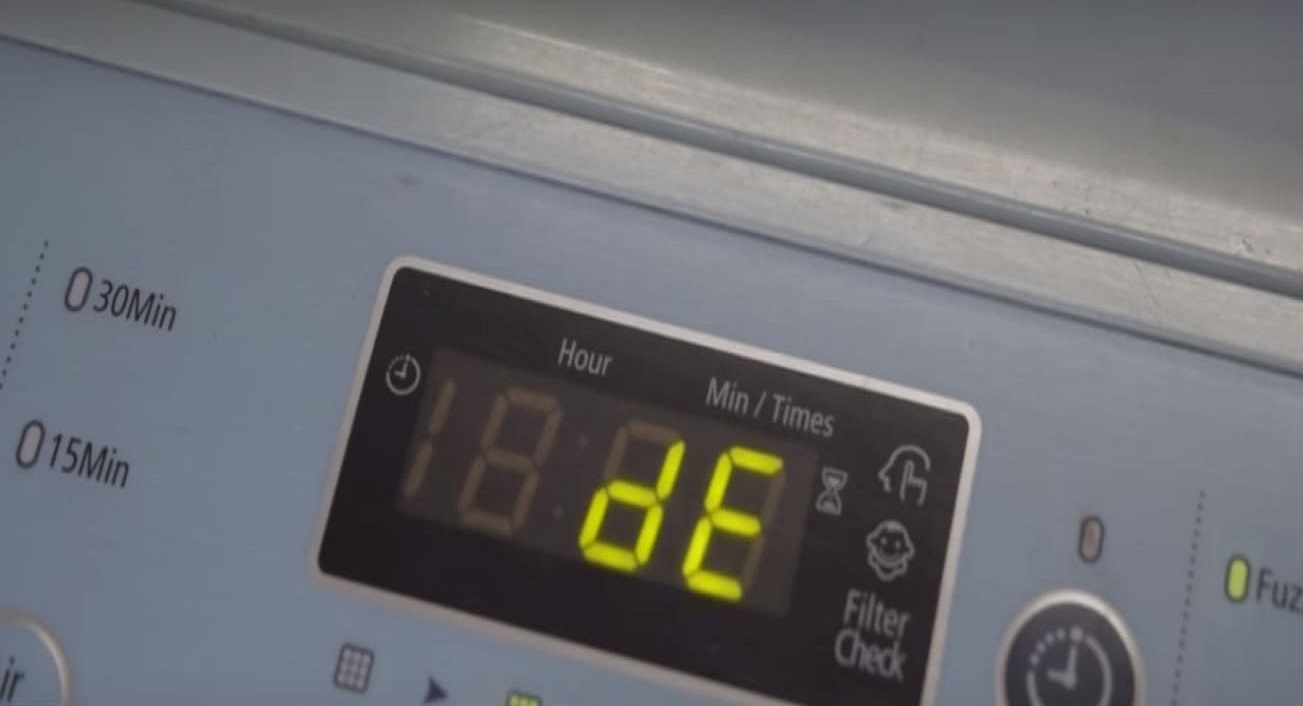
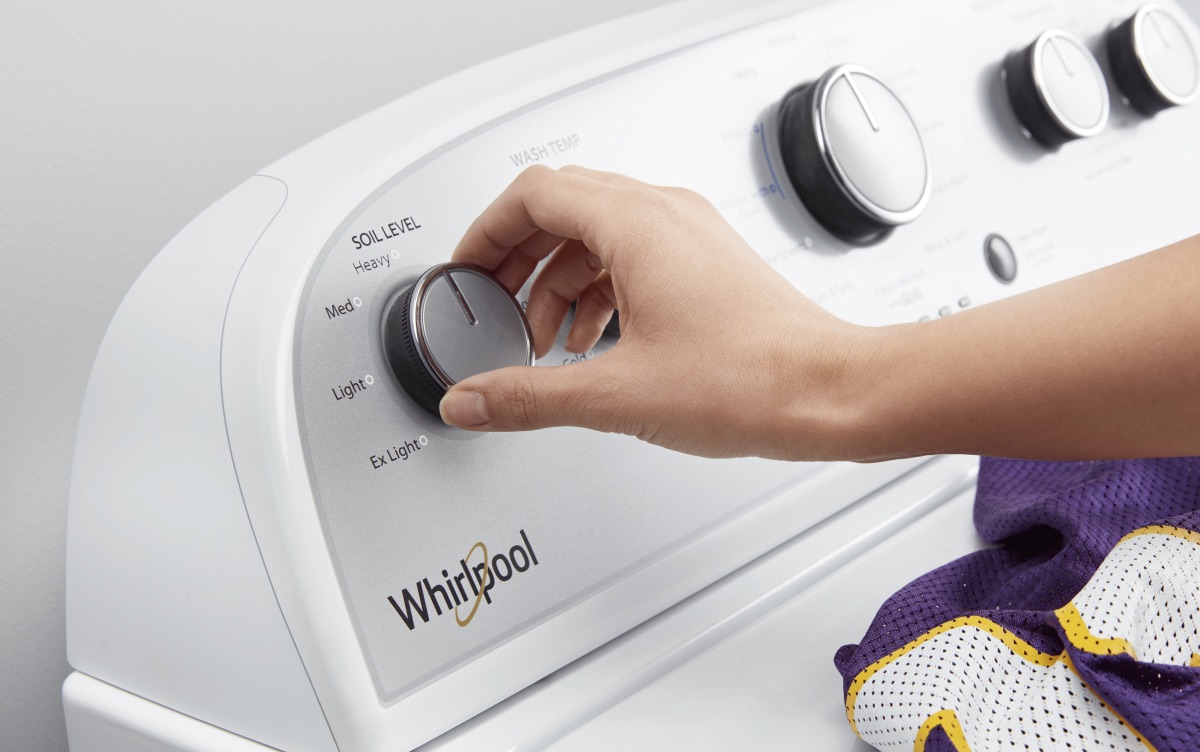
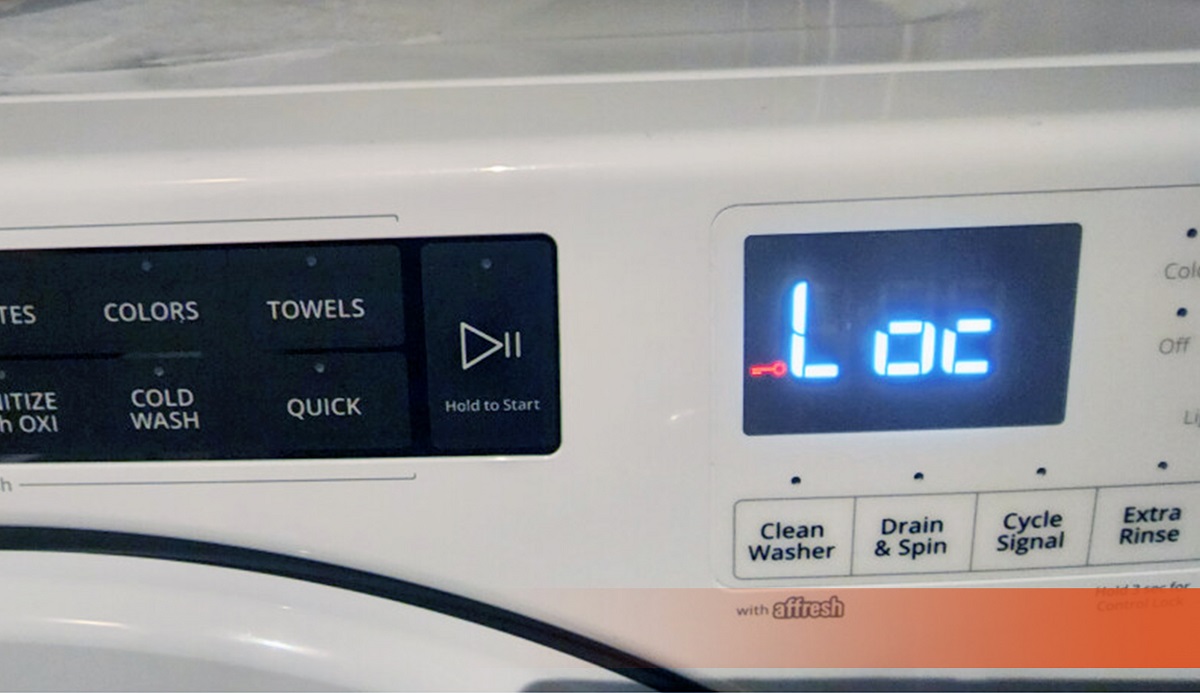
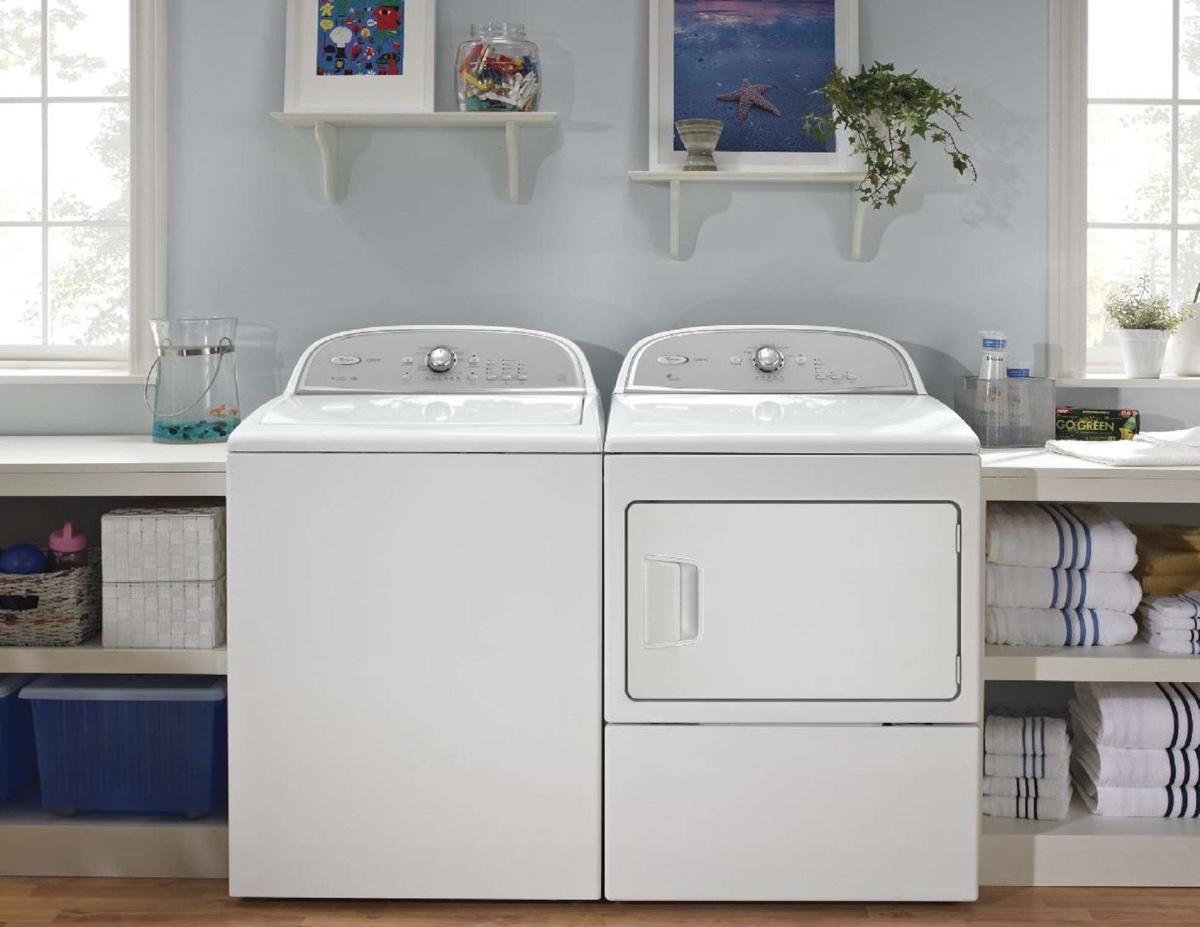
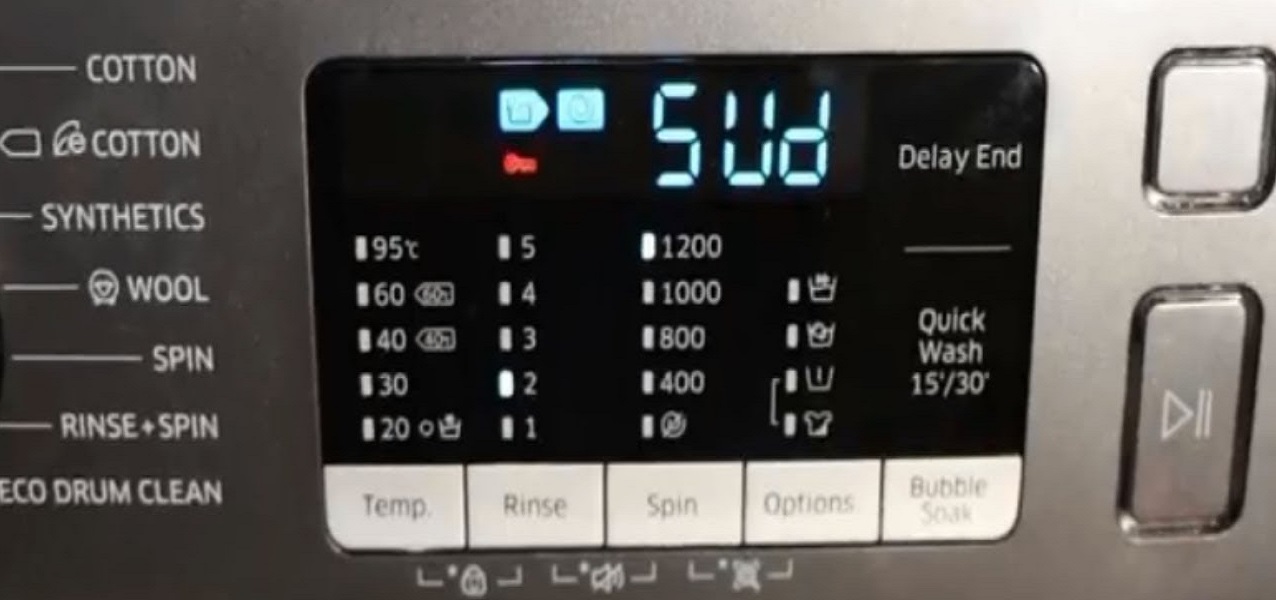
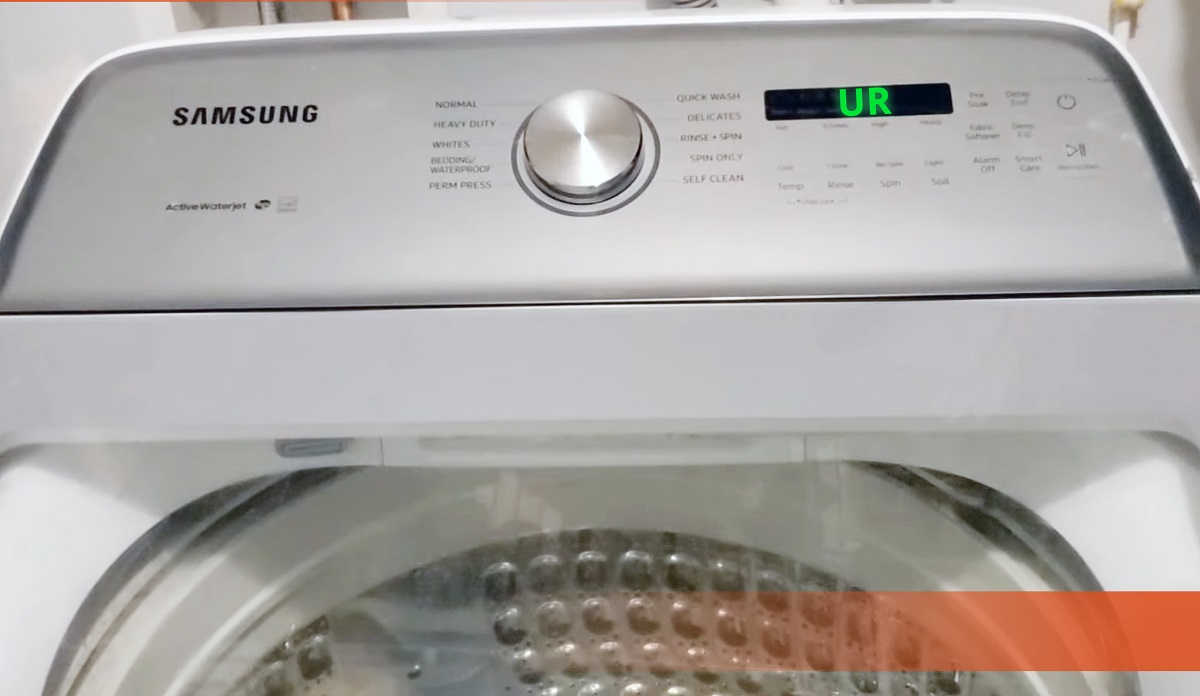
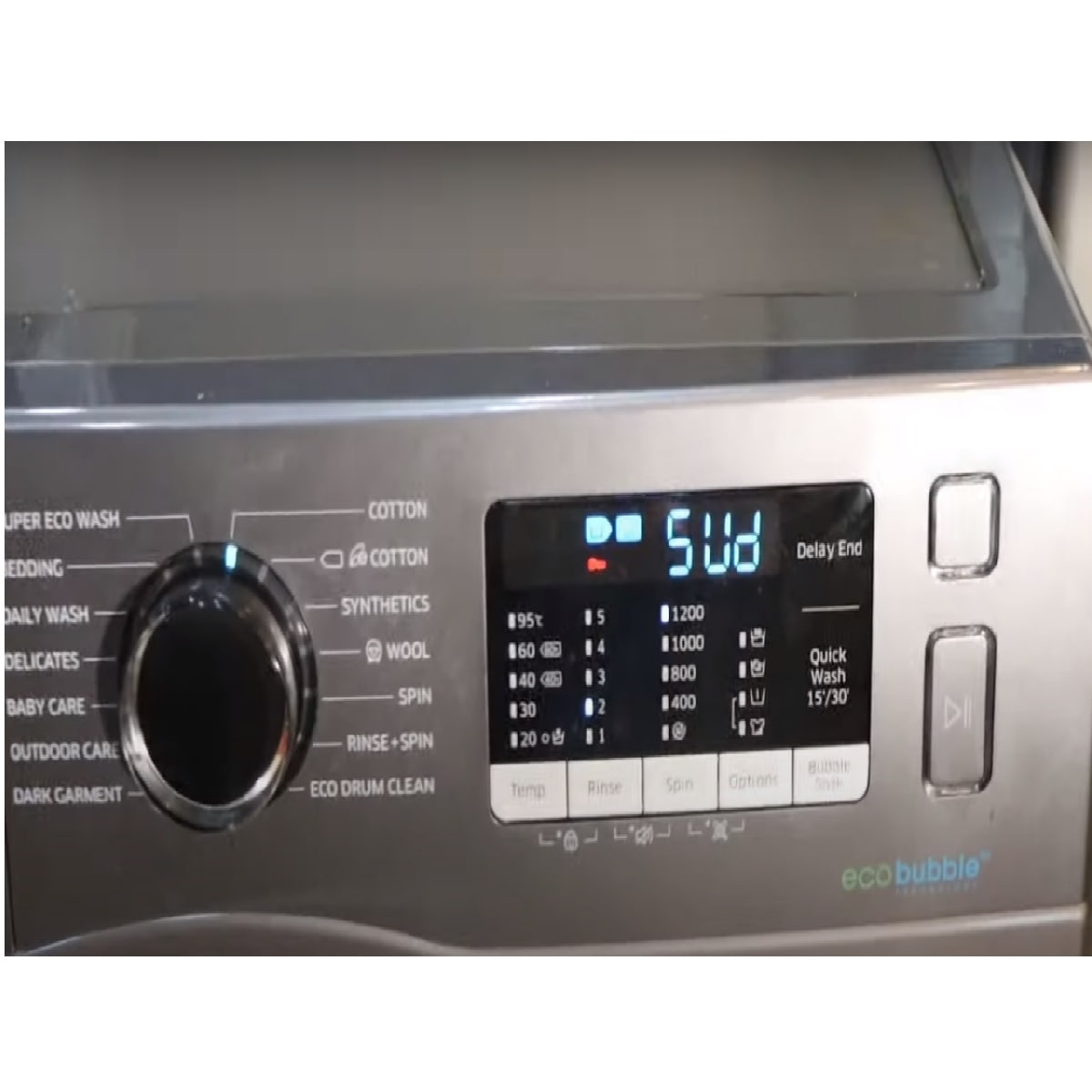

0 thoughts on “What Does Washer Dryer Hook Up Mean”